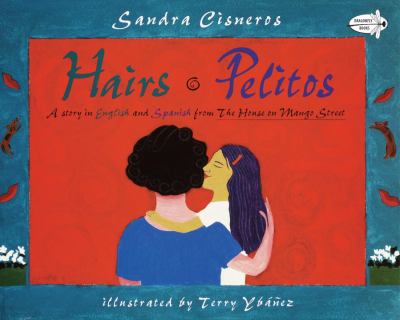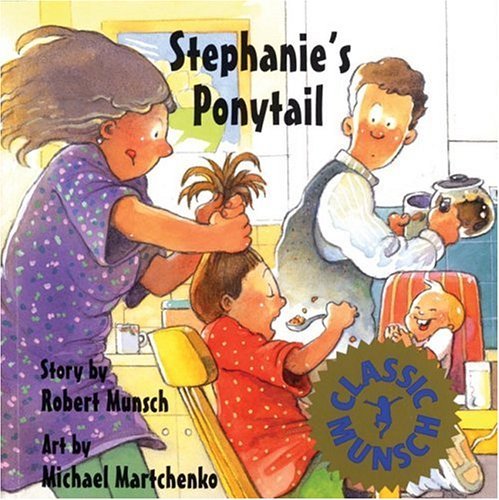Contrary to common belief is the fact that ELLs actually learn speaking, listening, reading and writing in an interdependent way and NOT in a linear or sequential way. Try planning lessons that only focus on one and you will quickly see how challenging it can be! Students learning English need ample opportunities to practice and apply language by engaging in all four modalities. Envision a student who has ESL class once a day and learns only basic survival English, but no academic language. Now envision that same student going to a school where the ESL teacher works closely with any other teachers that educate that child. They are all on the same page in terms of content, providing that child opportunities every single period of the day to try out the language learned and reinforce content.
Choosing a Theme:
- Should be able to be explored through multidisciplinary material
- Should capture students' imaginations to motivate them to apply learning across multiple content areas
- Should focus on a universal experience so that all students can connect, regardless of their background (new arrival, refugee, SIFE, and so on)
- Should be able to integrate language, mathematics, science, and social studies when possible
Sample Thematic Unit: Hair
Have fun with vocabulary! See how many words you can come up with in the following categories related to hair:
- Hair Styles (bangs, highlights, mullet)
- Adjectives/ Descriptive words (tangled, curly, wispy)
- Verbs (shave, spray, braid)
- Hair Products/ Nouns (comb, brush, dye)
- Prepositions (on top, on the sides)
 |
| Sandra Cisneros's Hairs/Pelitos book is a beautiful English-Spanish bilingual book. Have your students write their own HAIR stories or poems using figurative language like in this book. For example, "My mother's hair, like little rosettes, like little candy circles..." |
 |
| Stephanie's Ponytail, by Robert Munsch, will have your students rolling with laughter. When we did a HAIR unit with our 2nd and 3rd grade students, we adapted this read-aloud into a play so that students could develop their fluency as well as vocabulary and comprehension. |
 |
| I Love My Hair, by Natasha Anastasia Tarpley, explores Keyana's heritage while her mother brushes her hair. Connect the theme of HAIR to social studies by exploring the many different hair styles, products, and experiences people have with their hair. The possibilities are endless in terms of content, and in the end students will also be affirmed and feel valued! |




No comments:
Post a Comment